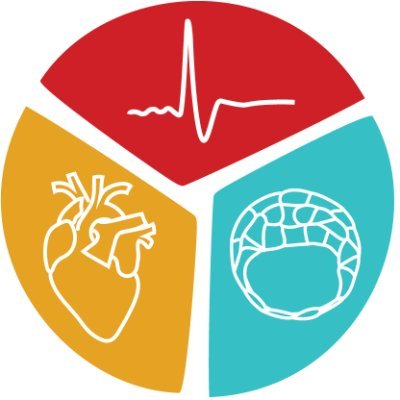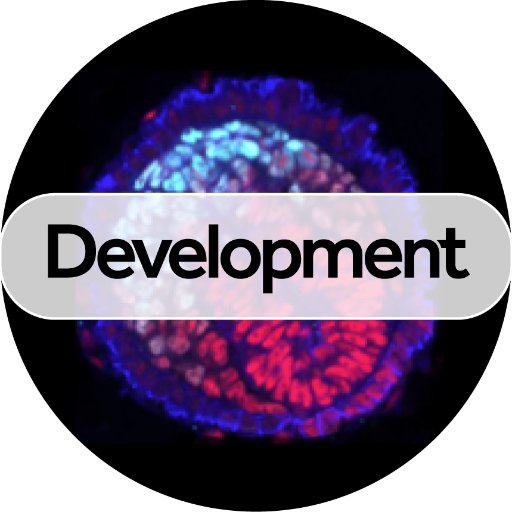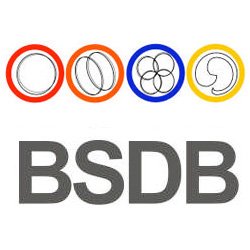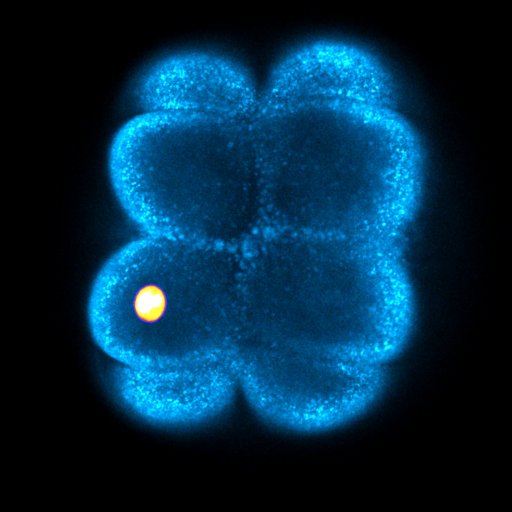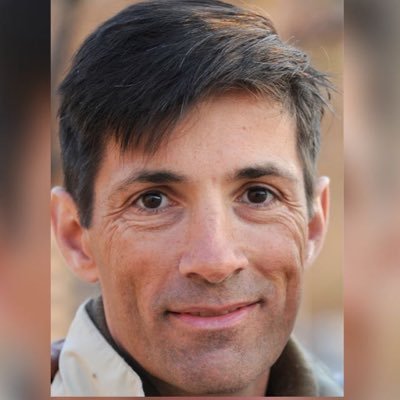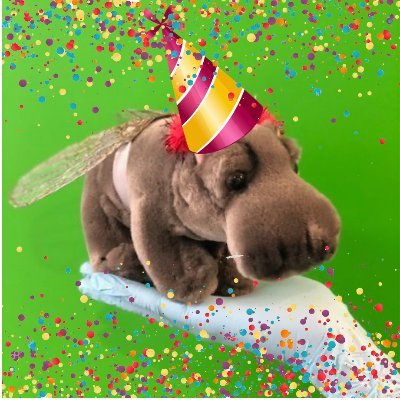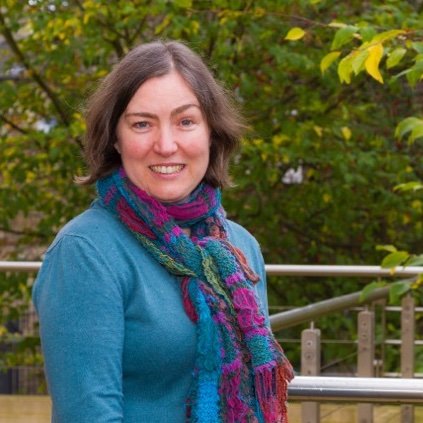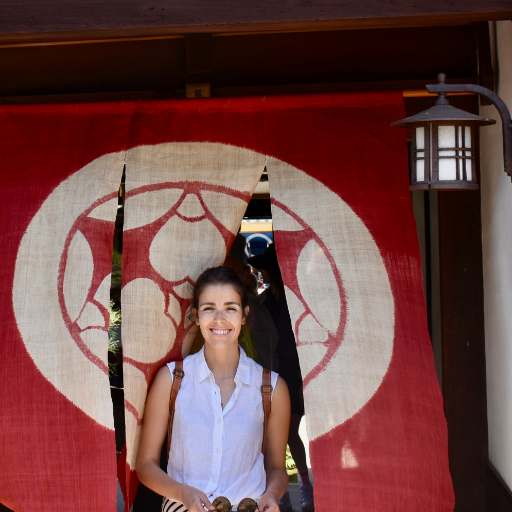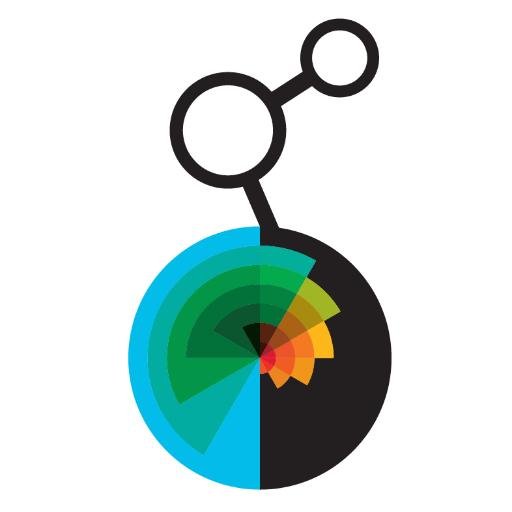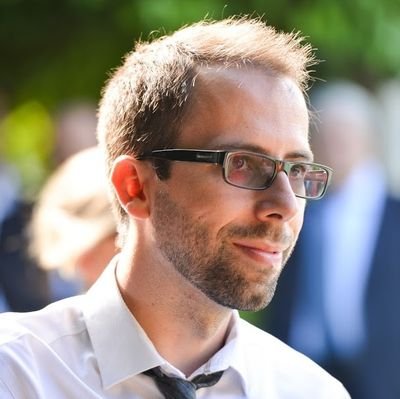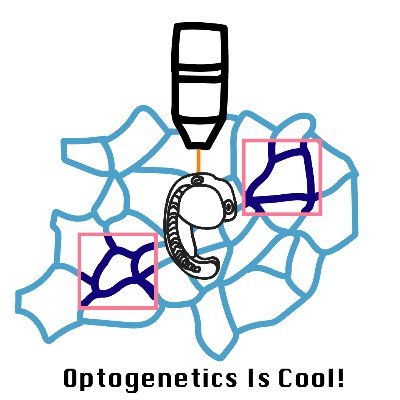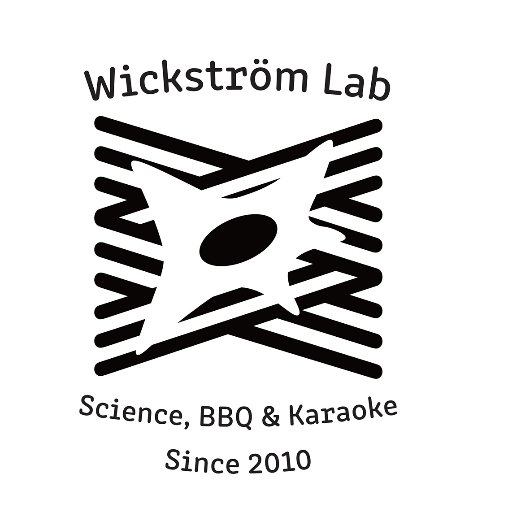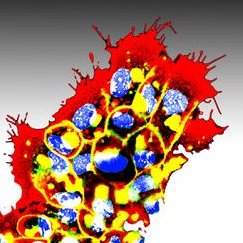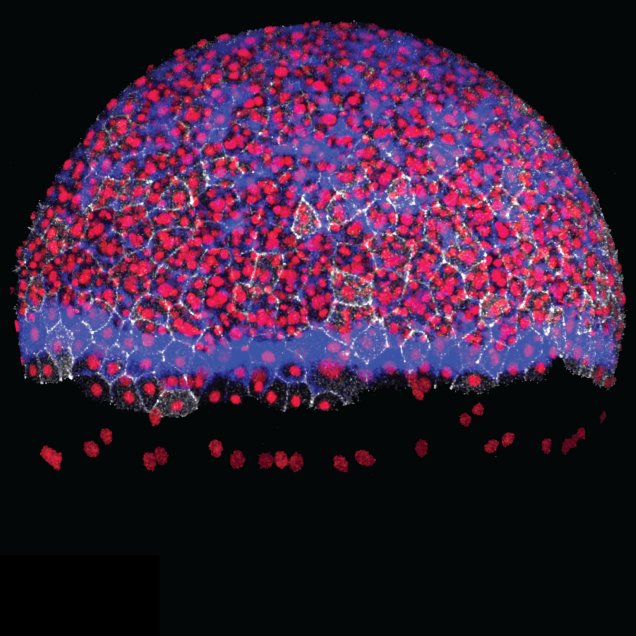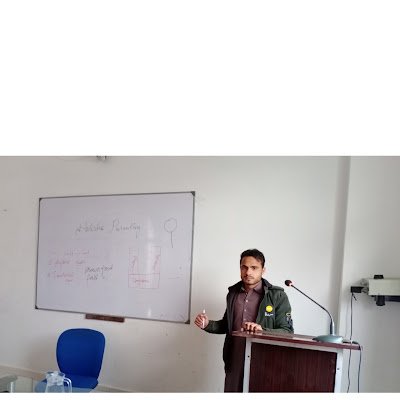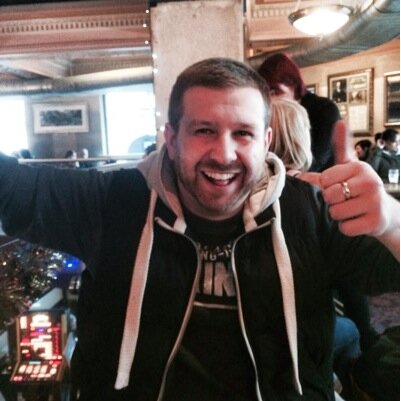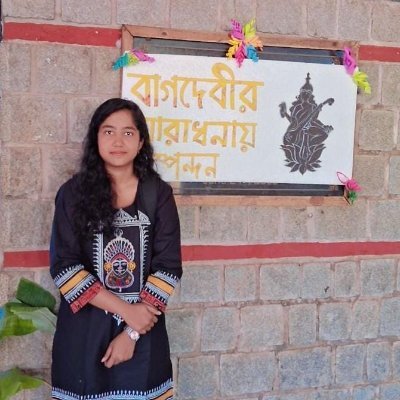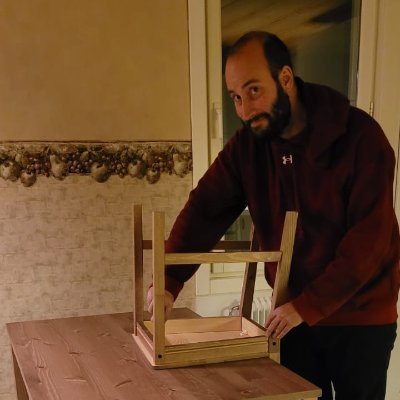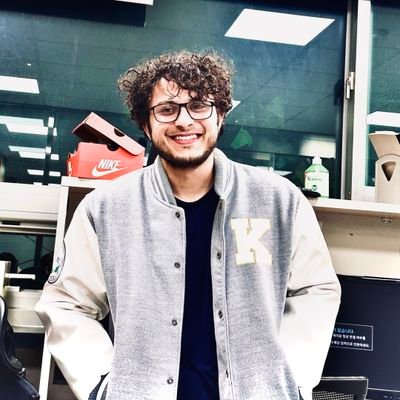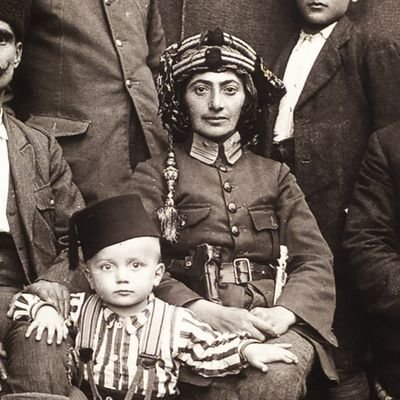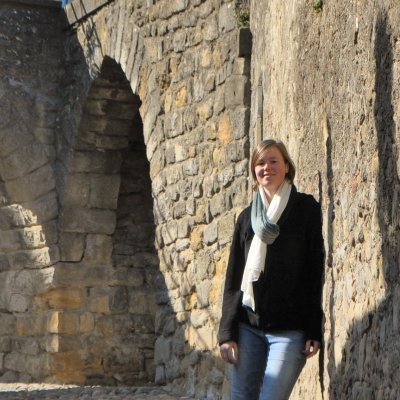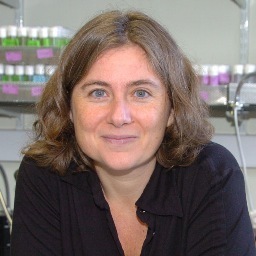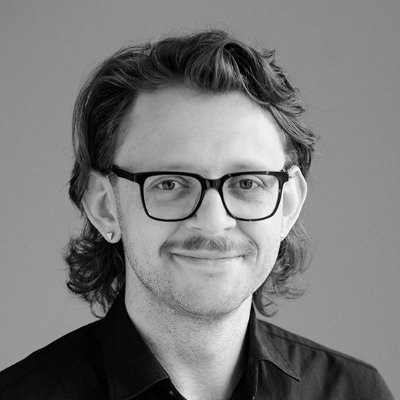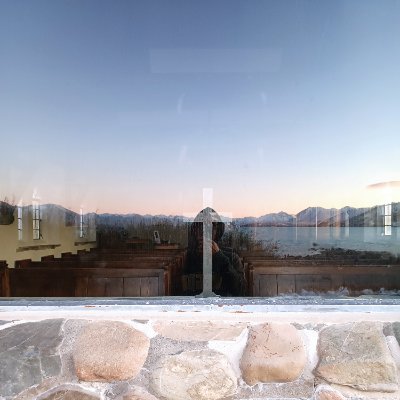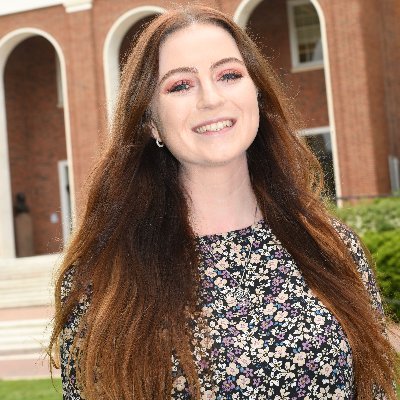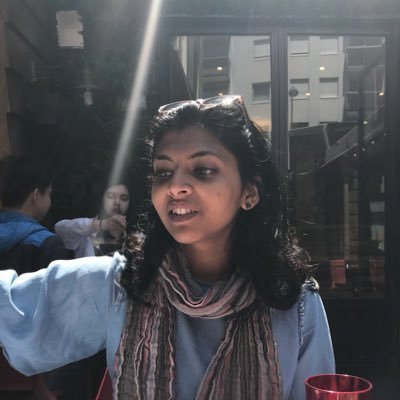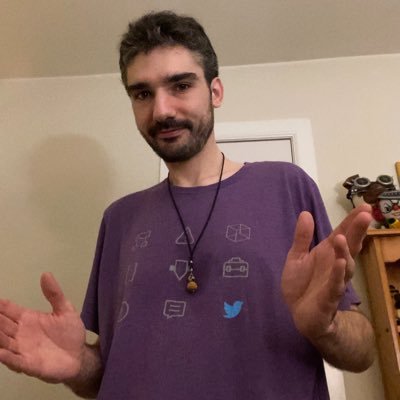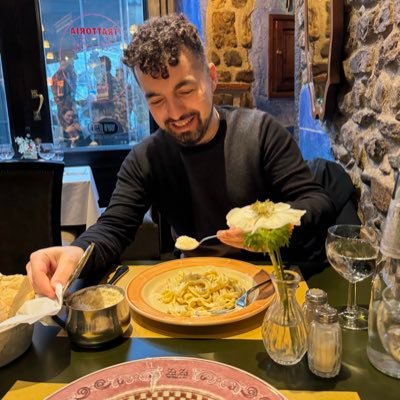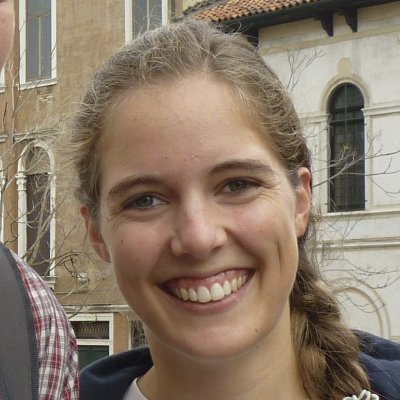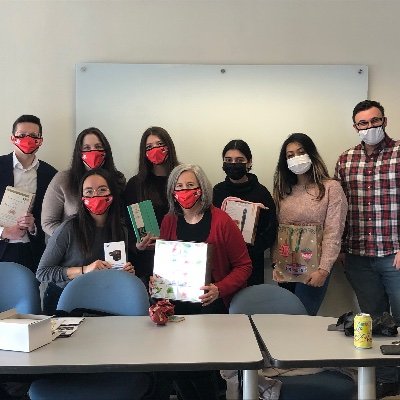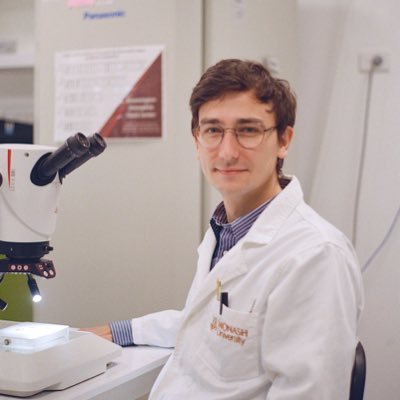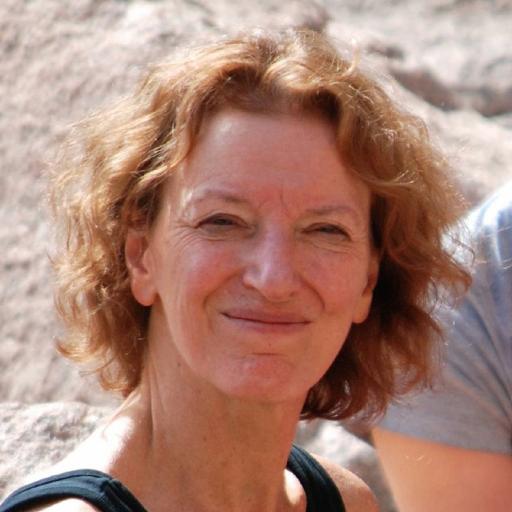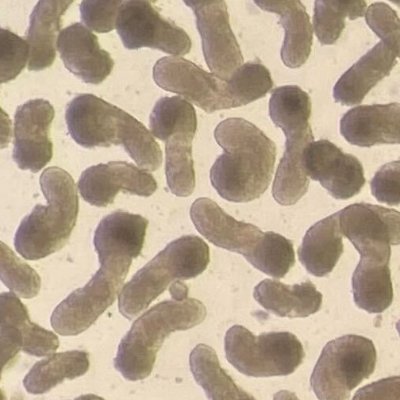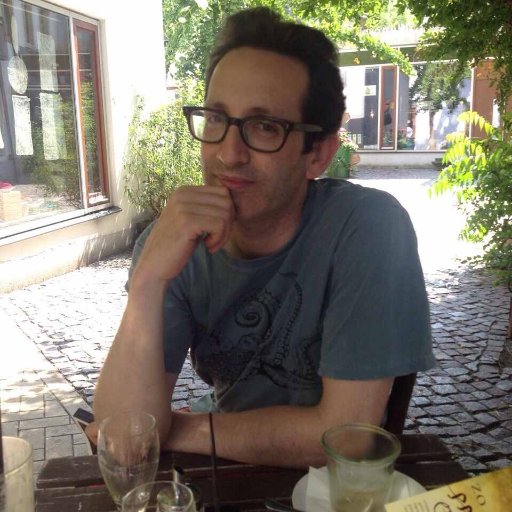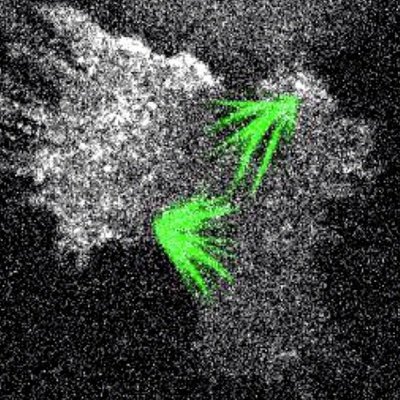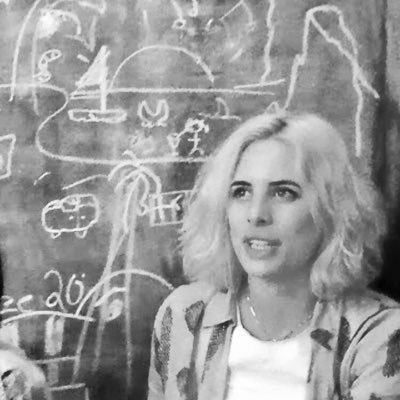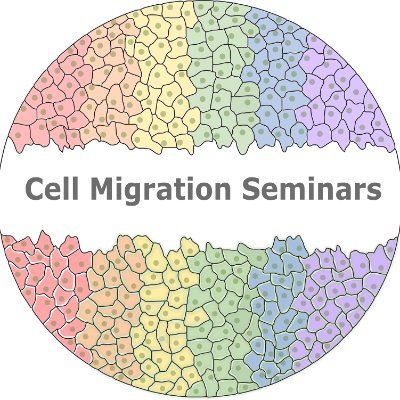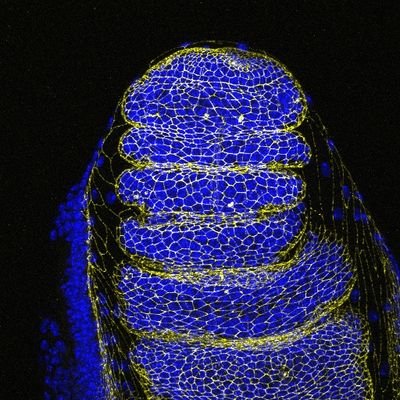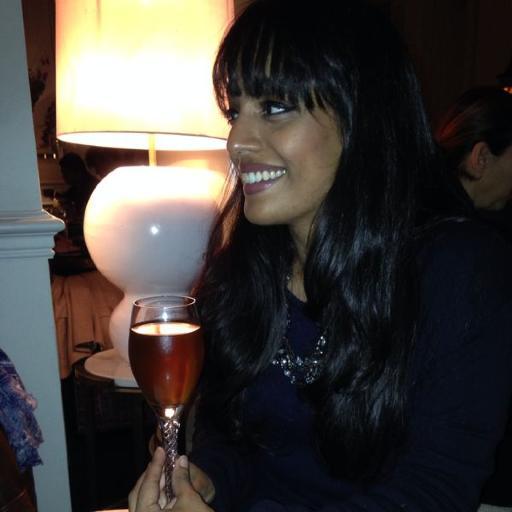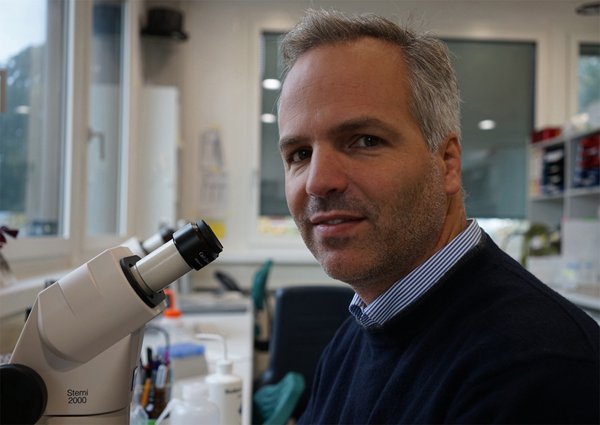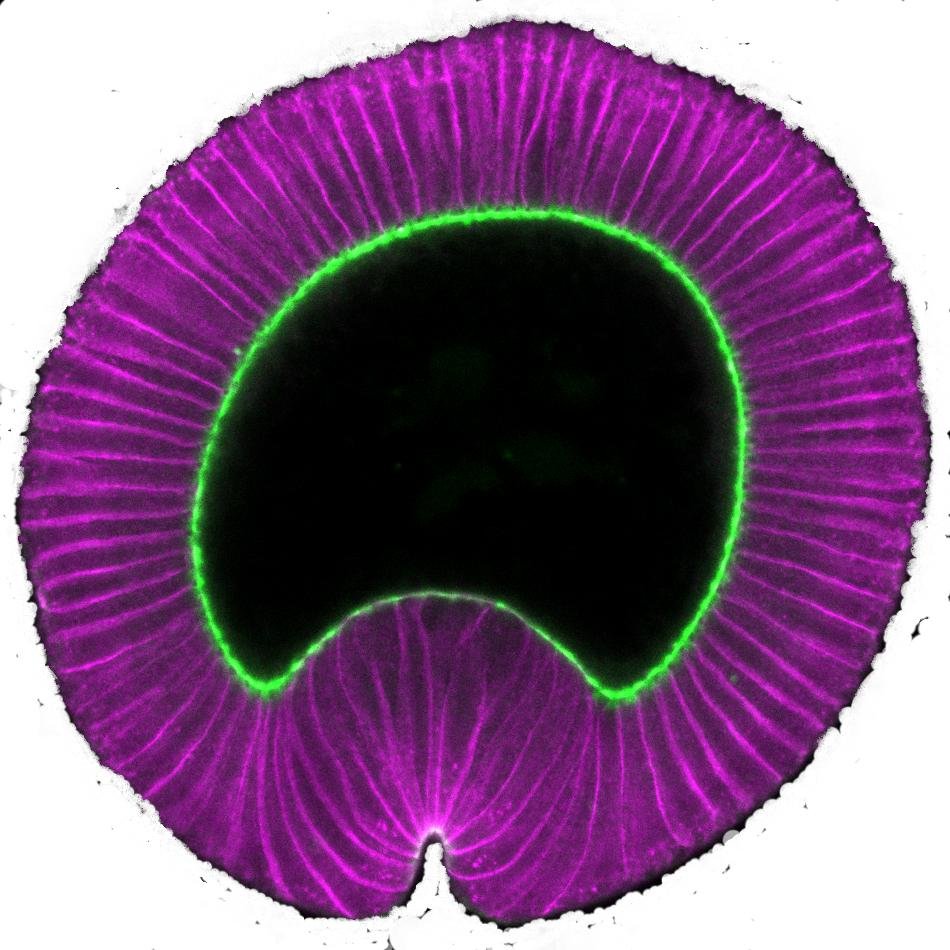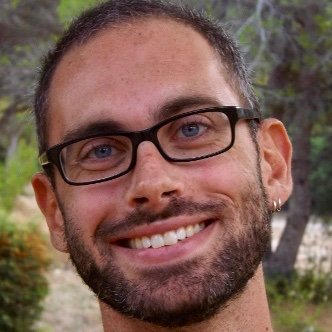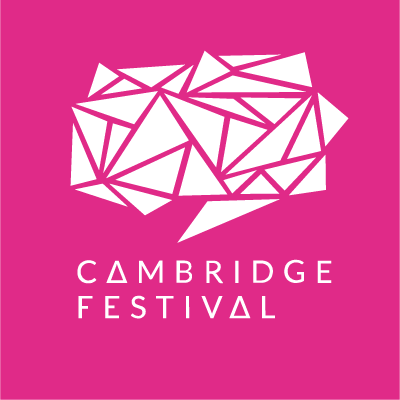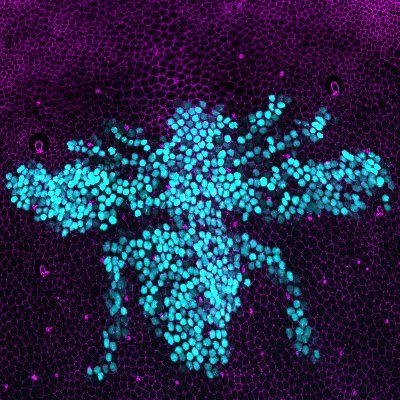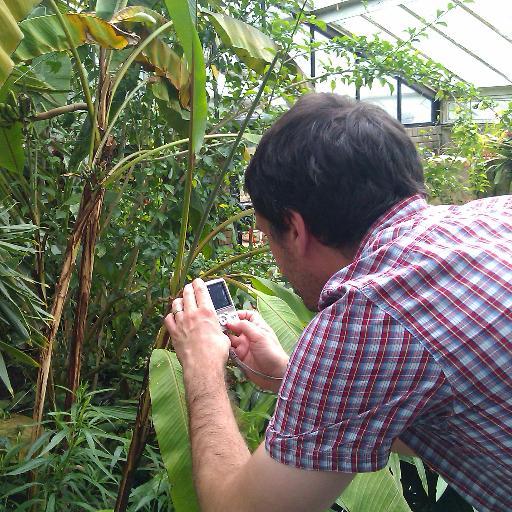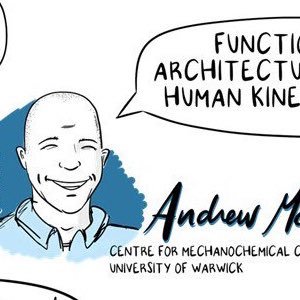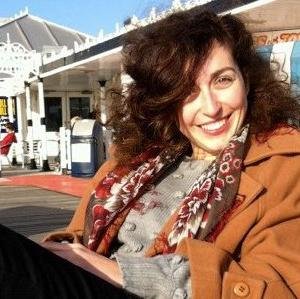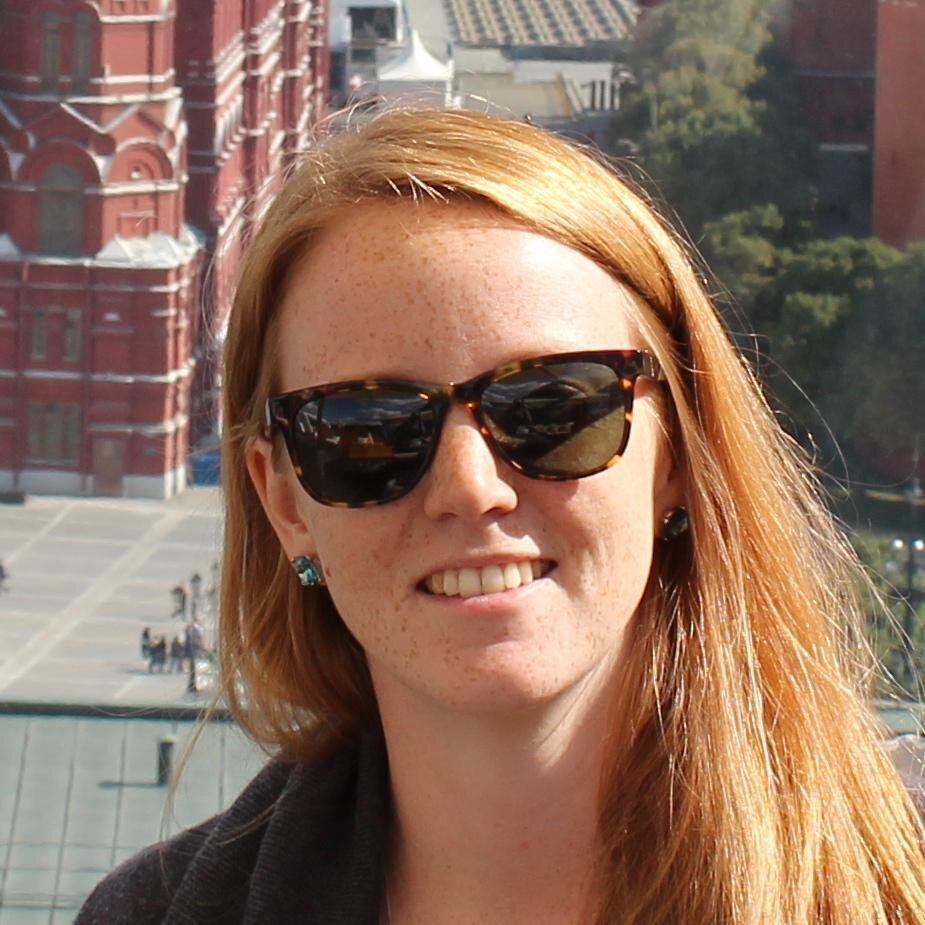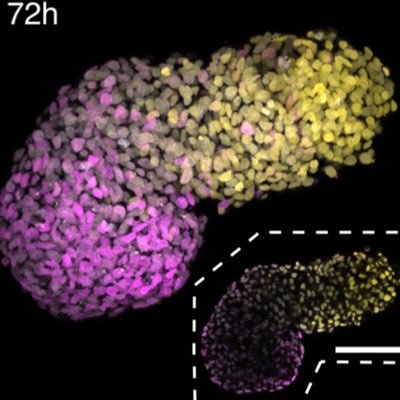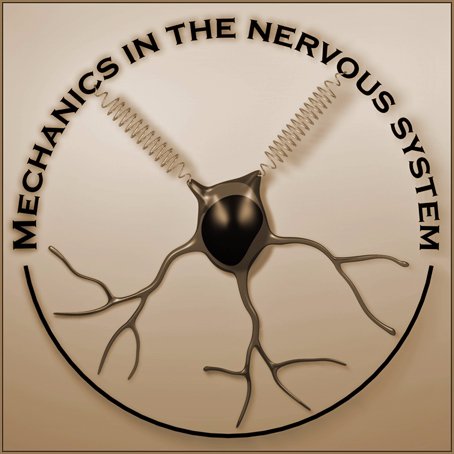
Sanson Lab
@SansonLab
Bénédicte Sanson's lab @PDN_Cambridge @Cambridge_Uni investigates morphogenesis in Drosophila.
Congratulations @GuyBlanchard5 and @ElenaScarpa4 for having their work featured as Biomedical Picture of the day @BPoD_s ! To find out more about the video, have a look at this paper doi.org/10.1242/dev.20…
Quantitative analysis of 100s of #epithelialcell divisions reveals stresses & forces influencing #celldivision orientation in developing #drosophila embryo. Video & research by @GuyBlanchard5, @ElenaScarpa4 et al @SansonLab @PDN_Cambridge @Dev_journal. On bpod.org.uk/archive/2024/6…
Our cell division orientation paper is out!
Our paper on how mechanics and patterning combine at metaphase to orient planar epithelial divisions in vivo just out in Development, with @ElenaScarpa4, Leila Muresan, @SansonLab, @PDN_Cambridge. Thread digest follows… 1/5 doi.org/10.1242/dev.20…
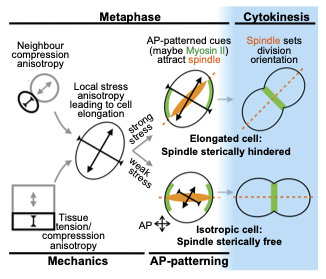
Morphogenetic movements can generate forces that pull on adjacent tissues and change cell behaviours through mechanics and mechanotransduction, but does this always happen? We find that #Drosophila germband extension is remarkably robust to mesoderm invagination. #morphogenesis
Computational analysis of gastrulating #Drosophila embryos by @SansonLab shows that polarized cell intercalation is robust to the force generated by #mesoderm invagination, though this slows down the rate of A-P cell elongation @PDN_Cambridge #PLOSBiology plos.io/4djx8g0

Our latest paper on mechanical boundaries and the role of Tartan is out in @Dev_journal journals.biologists.com/dev/article/14…

Check out our new preprint ‘Different temporal requirements for the LRR transmembrane receptors Tartan and Toll-2 in the formation of contractile interfaces at compartmental boundaries’ biorxiv.org/content/10.110… @PDN_Cambridge @Cambridge_Uni
An opportunity to join our lab! We are currently advertising a research position, in collaboration with @StJohnstonLab and @LabBuckley. For more info see jobs.cam.ac.uk/job/31741/. Please share & RT @PDN_Cambridge @Cambridge_Uni
We have another summer student starting this week. Welcome Florrie Clark! We hope that both you and Bridget enjoy working with us and learn lots @PDN_Cambridge
We are lucky to welcome Bridget Ryan, a summer student, to the lab this week. And congratulations Bridget on your Gurdon/The Company of Biologists Summer Studentship! (bsdb.org/awards/gurdon-…) @PDN_Cambridge @_BSDB_
We are looking for a new postdoc to study the composition and role of tricellular adherens junctions in epithelial morphogenesis. In collaboration with @StJohnstonLab and @LabBuckley. For more info see jobs.cam.ac.uk/job/30122/. Please share & RT. @PDN_Cambridge (@Cambridge_Uni)
Well done Alex Nestor-Bergmann for winning a poster presentation prize at the ‘EMBO: Physics of Living Systems workshop’ last week! @PDN_Cambridge
Preprint available online now! The team's latest work on how adhesion dynamics regulate cell intercalation behaviour with Alex Nestor-Bergmann @GuyBlanchard5 @Nathan_Hervieux @AlexGFletcher @JoscelynEtienne @PDN_Cambridge biorxiv.org/content/10.110…
Bénédicte and @TomSharrock's review on cell sorting and morphogenesis in early Drosophila embryos is now live! -> authors.elsevier.com/a/1bs7r3si8Pkf…. The review covers mechanisms of cell sorting, accompanying cell behaviours, and also features a very beautiful in situ HCR by @ErikClark01
Bénédicte spoke to @amjeve from @the_Node this morning as part of the #BSDBGenSoc2020 e-meeting. A quick Q+A session highlighting the lab's current work.
Computational analysis of gastrulating #Drosophila embryos by @SansonLab shows that polarized cell intercalation is robust to the force generated by #mesoderm invagination, though this slows down the rate of A-P cell elongation @PDN_Cambridge #PLOSBiology plos.io/4djx8g0

The Sanson lab is offering 2 PhD projects, beginning in October 2020, under the new @WolfsonCollege & @PDN_Cambridge joint studentship. For more information -> pdn.cam.ac.uk/graduate/wpdn-… or contact us directly. Please share & RT.
Online now! The team's latest study on the tricellular adhesion protein Sidekick. @Nathan_Hervieux @TaraFinegan @GuyBlanchard5 @AlexGFletcher @PDN_Cambridge journals.plos.org/plosbiology/ar…
Read about Benedicte’s research journey here!
Benedicte Sanson @SansonLab of @PDN_Cambridge @Cambridge_Uni won the Cheryll Tickle medal for outstanding mid-career female #devbio researchers. We talked about her phage-to-fly transition and how collaboration & interdisciplinarity drive her science 3/3 dev.biologists.org/content/146/22…

Latest pre-print from the lab is now available on #bioRxiv - "The tricellular vertex-specific adhesion molecule Sidekick facilitates polarised cell intercalation during Drosophila axis extension"
Pleased to see this on biorxiv! Research by @SansonLab led by @TaraFinegan and Nathan Hervieux, with @GuyBlanchard5, me and (den enestående) Alex Nestor-Bergmann
Our paper is now online ! #vertex #morphogenesis #Drosophila The tricellular vertex-specific adhesion molecule Sidekick facilitates polarised cell intercalation during Drosophila axis extension biorxiv.org/content/10.110…
Post-doc Nathan Hervieux (poster 150) and PhD student @TomSharrock (poster 156) will be sharing current work during this evenings poster session at #EESMechanical
Great news today for the lab!
We are very pleased to announce that the 2019 Winner of the Cheryll Tickle Medal is Bénédicte Sanson! Look out for her interview on the Node soon bsdb.org/2019/04/25/ben… @SansonLab @PDN_Cambridge
United States الاتجاهات
- 1. Baker 36.1K posts
- 2. Packers 32.3K posts
- 3. 49ers 34K posts
- 4. #BNBdip N/A
- 5. Bucs 11.6K posts
- 6. Flacco 12.4K posts
- 7. Cowboys 74.3K posts
- 8. Fred Warner 11.4K posts
- 9. Niners 5,568 posts
- 10. Cam Ward 2,981 posts
- 11. Zac Taylor 3,216 posts
- 12. Panthers 75.8K posts
- 13. #FTTB 4,382 posts
- 14. #GoPackGo 4,129 posts
- 15. Titans 24.2K posts
- 16. Mac Jones 5,937 posts
- 17. Tez Johnson 3,365 posts
- 18. #TNABoundForGlory 7,697 posts
- 19. #Bengals 3,280 posts
- 20. Browns 66.8K posts
Something went wrong.
Something went wrong.









